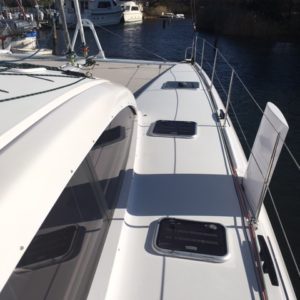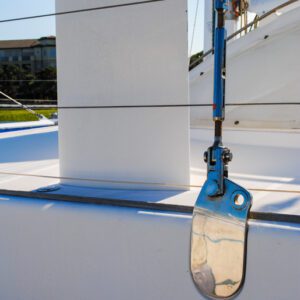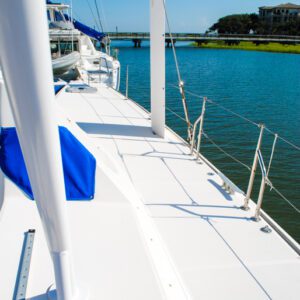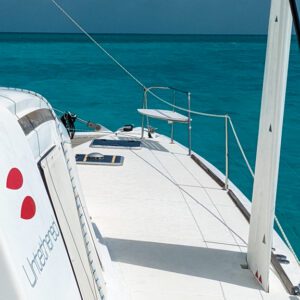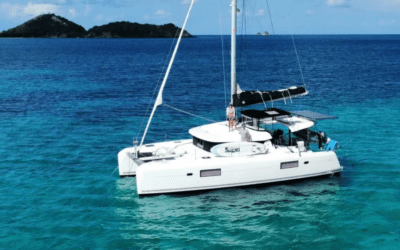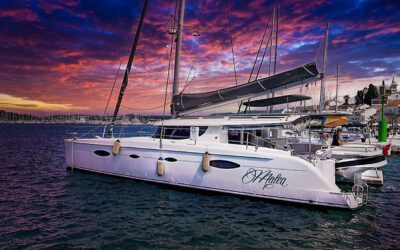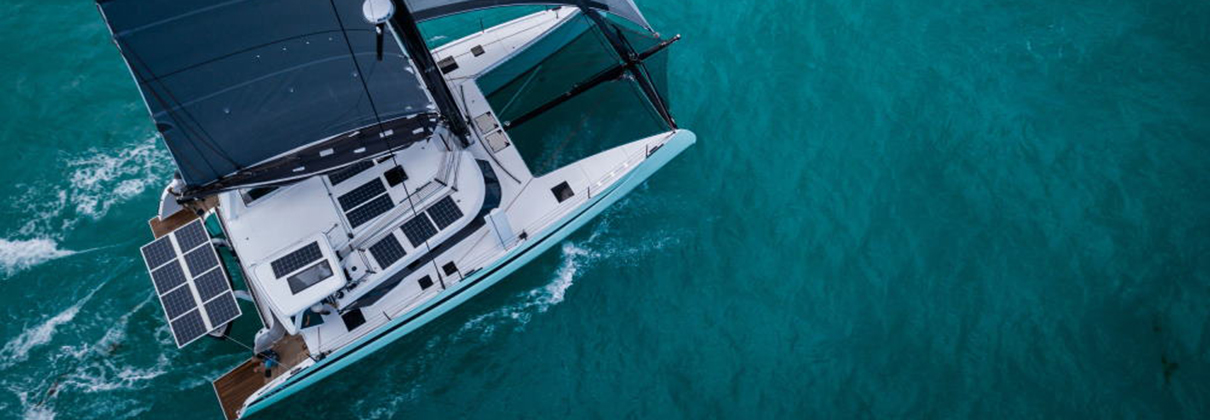
How Much Does Sailing Performance Really Matter?
Growing up in New England, going sailing on a summer afternoon was what we did. We weren’t going motoring, motor-sailing, barbequing, pole dancing, we were going sailing! Sailing a well-designed boat always has been really fun. So fun in fact, many of us here at Just Catamarans have made a life of it! Sailing a boat that sails well is as much fun for me as anything I do or have ever done! It started with Sunfish and Comets, Lightnings and Lasers, beach catamarans, then windsurfing and trimarans. This led to owning a charter catamaran, and finally to selling cruising catamarans.
In recent years the catamaran industry has seen exponential growth. There are more performance-oriented boats than ever but proportionately sailing has not kept up. There is however, a big and growing corner of the market that is all about sailing, and the joy sailing brings.
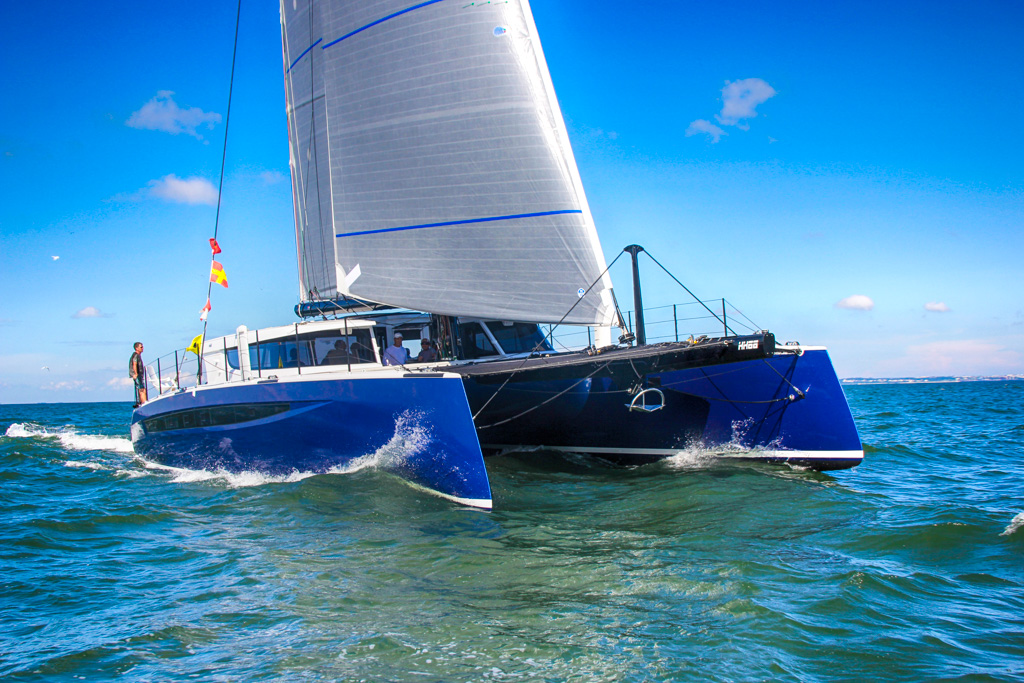
If you have never really experienced great sailing, you aren’t alone. Sailing means the engines are OFF. Sailing means the boat can go anywhere under the power of its’ sails, be that upwind, downwind, or in between. Sailing also means reaching an acceptable speed where you don’t lament how slowly you are going, and how you feel compelled to turn on those motors to get you someplace on time. Sailing is mind blowingly fun when the boat you are on can do it! If you are unsure of this, go down to a yacht club or sailing school and get on a racing sailboat. There is a whole big world out there that comes from this revelation. Again, it may not be for everyone, but everyone who buys a catamaran should at least be aware of how well a boat, especially a cruising catamaran, can sail if the designer valued sailing well as part of their design objective.
So, what are the things that make a catamaran sail well? Let’s get to it.
- Weight,
- fineness of the hulls (narrow),
- rig (good sails and rigging),
- foils (daggerboards, keels, and rudders, not flying foils at this point).
That’s a big start. Think of it this way:
What makes a boat light? Boat construction and the number of extra things, including systems and junk (gadgets, toys, etc.), determine the boat’s weight. Construction and construction materials are critical. Carbon, vacuum bagging and epoxies, and clever design are your friends here. A big heavy catamaran simply won’t sail well. No need to belabor this point. You have to commit to keeping the weight down.
Can I get walk around beds, and a flybridge on my performance catamaran? Sorry, no. These are two things you will have to forego if you want a good sailing boat. The hulls of a performance boat will need to be narrow. Not impossibly narrow, but not wide enough in a sub-60’ boat to allow walk around berths. There are, though, a number of great designs in performance boats that get around this problem. Flybridges are great for adding a social center to a boat. Unfortunately, having a boom that is 30’ off the water is not great. This is a defining line for performance.
Do I really need daggerboards? I think so. Simple physics tells us that sailboats need foils (that word again) to create lift and direction for the boat while underway. Of course, the faster you move, the more the foils do their thing. If we look at airplanes (aerodynamics vs hydrodynamics but close enough), we see that to create an efficient foil, we want to maximize lift and minimize drag. Airplane wings are long and skinny. Lots of lift, minimal drag. A horizontal keel on the bottom of a catamaran is not efficient. What it does is to create limited lift and provide all sorts of drag. If we were to make a keel that was efficient, we would need to make it deep and skinny. Now we have the problem that the boat draws too much water, and that we couldn’t really rest it on anything when the boat is out of the water.
Daggerboards solve all this! The nice by-product is that you can get into really shallow water with your daggers up (skinny water as the cool guys like to say). One last interesting thing on daggerboards; the use of what we call “C” blades. These are curved daggerboards, and they actually slightly lift the boat up as the boat moves forward. This is not to be confused with “L”, or “T” foils which fly the boat. For now, at least, foiling out of the water is not viable for cruising catamarans at all! “C” blades though can really help.
Additionally, and I have to laugh at this one, efforts to get a “green” boat by tweaking engine size (weight and types), electric drives, propulsion technology etc. miss the bigger point. A “green” catamaran is a catamaran that sails really well. There is nothing greener than wind power!! I am not saying we can do away with engines, solar, batteries etc., but I am saying that our priorities may be better directed to great sailing as opposed to how to make a big heavy boat motor better. It frankly does open the discussion about power catamarans, but I’ll leave that for another day.
I started this discussion with the hopes that any of you considering a life owning a sailboat will stop and consider how much performance you should want or expect from your boat. Our company has always had a bent toward performance boats, and we all stand by this. I think if you asked anyone at Just Catamarans what they would buy to cruise on, you’d get some different choices, but I am pretty sure they would all have daggerboards, all would be fine sailing boats.
I would also say that if you look at the trajectory of all the YouTube sailing moguls, many of them have, and keep on moving deeper and deeper into the performance end of the market. Why? Because these folks live on their boats, sail their boats long distances, and are defining the catamaran sailing lifestyle. It seems like that means they like to turn off their motors too. You will also if you get the sailing bug!
Disclaimer: There is nothing wrong with having a second home on the water, especially one that moves easily from place to place. Huge space to live and moving around on a level boat is the most important thing for many, many catamaran owners. Sailing isn’t for everyone, I accept that, and the boating industry on a larger scale is much bigger than sailing, not even close. This discussion is not meant to dismiss anyone, just to help you to understand what makes sailing so fun, and what makes a good sailboat work well.
I hope to tease you with the idea/revelation that maybe half of the fun of owning a sailboat is that sailing really is fun! Imagine looking forward to getting there as much as you look forward to being there. Imagine all the time you spend sailing is as fun as all the time you spend anchored in paradise. It really can be a win/win!
Search Featured Catamarans for sale
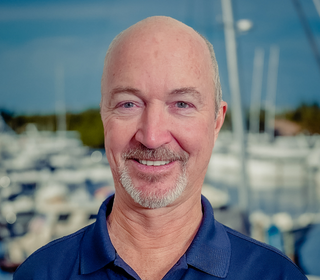
Derek Escher
Licensed + Bonded Catamaran Broker
Email: Derek@JustCatamarans.net
Mobile: (617) 803-8976
Office: (954) 589-2343

